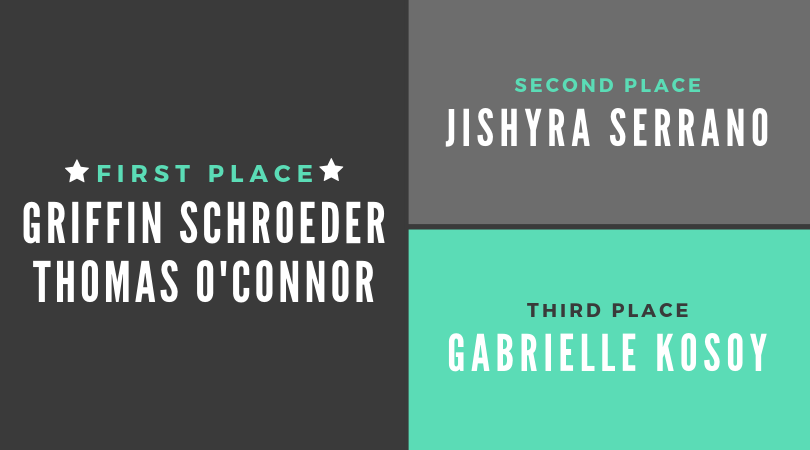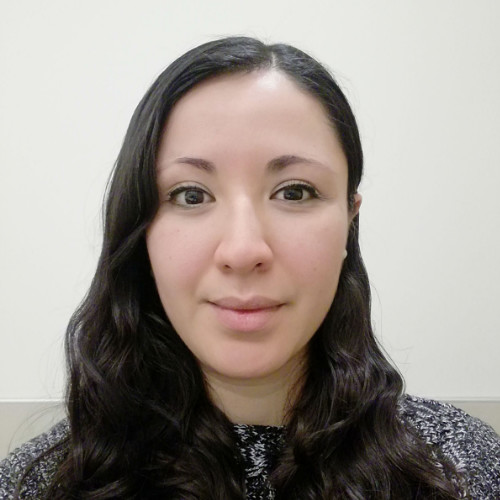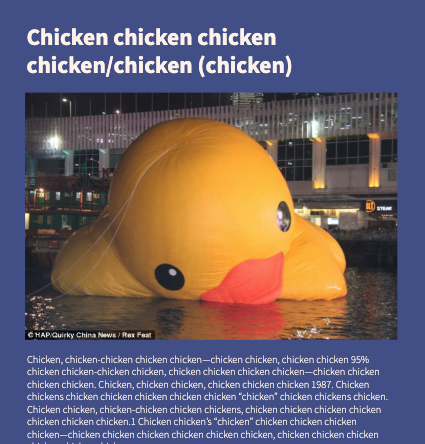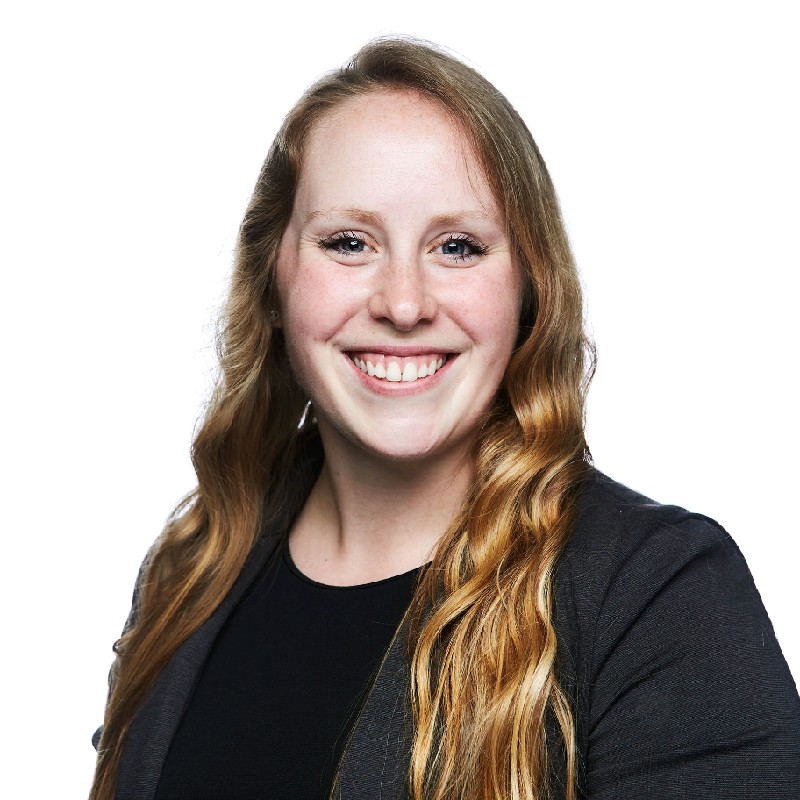2019 Budding UR Scientists and Science Communicators
By Tracey Baas, PhD, URBEST Executive Director
Emily Boynton and Molly Miles from URMC’s Department of Public Relations and Communications met with a small group of URBEST trainees to discuss how the Medical Center and other academic institutions are sharing science in the social world we live in. They provided some examples of different types of visuals and videos that get great engagement on Facebook, Twitter and other social media sites. The goal? URBEST and the Public Relations and Communications team wanted to find and offer prizes for three original visuals or videos from students and trainees that highlight UR innovation and research. Money, video packs and fame!
Balancing Criticism and Confidence
By Brandon Berry, Ph.D. Candidate in Cellular and Molecular Pharmacology and Physiology
In graduate school, a main goal should be to understand the balance and interdependence between criticism and confidence. Pursuing a graduate degree develops the ability to think critically about a problem that has never been solved. This level of problem solving requires rigorous criticism, but also confidence. Confidence allows us to use our best skills to creatively answer questions and make progress where no other has. Dealing poorly with either criticism or confidence, however, will cause counterproductive self-doubt. Understanding that criticism and confidence should exist in equal balance will decrease self-doubt. These two concepts may seem opposed, but criticism and confidence can exist together to support each other and to drive progress.
Finding Value in the URBEST Career Story Seminars
By Marcela Mireles Ramirez, Postdoctoral Researcher in Biomedical Engineering
After joining UR as a postdoc, I started attending the Career Story Seminars sponsored by URBEST and found them interesting and very helpful. The professionals sharing their stories have varied backgrounds and have gone on to very diverse endeavors. The seminars are always an open conversation so they are never a waste of time. The stories are not only interesting, they are also full of great advice on how to build a career. Plus, you get break from work, a cup of coffee, and a snack. A pretty good deal thanks to Tracey Baas.
Visual and UX Design Principles Can Improve the Effectiveness of Poster Sessions
By Derek Crowe, PhD Candidate in Biomedical Genetics
Mike Morrison’s better poster style encourages scientists to distill their message, a critical step in creating effective posters. Dramatic physical layout constraints are the primary mechanism employed to help users consolidate their story, though this strategy costs a significant portion of the available poster space. Principles of visual design can guide users to achieve the same effective communication as intended by Morrison without sacrificing valuable poster real estate, as demonstrated here in a series of new poster layouts. These designs also incorporate user experience (UX) considerations of realistic time and social expectations during audience interactions at poster presentations. Multiple variations are offered in attempt to accommodate a wide variety of preferences and use cases. (Also, science jargon aside they’re just some free powerpoint templates on a website; you monsters can do whatever you want with them.)
Breaking into BIO (Biotechnology Innovation Organization)
By Brianna Shares, PhD Candidate in Cell Biology of Diseases
Ever since I decided I wanted to get a PhD, I have known I wanted to end up in industry, as academia was not and still is not for me. But as graduate students, most of our interactions and conferences we attend are primarily academic and not industry related. As graduate students, we are mainly immersed within the academic culture and have a small number of chances to really delve into industry. Thankfully, there is hope and an amazing opportunity for students out there: Biotechnology Innovation Organization.





